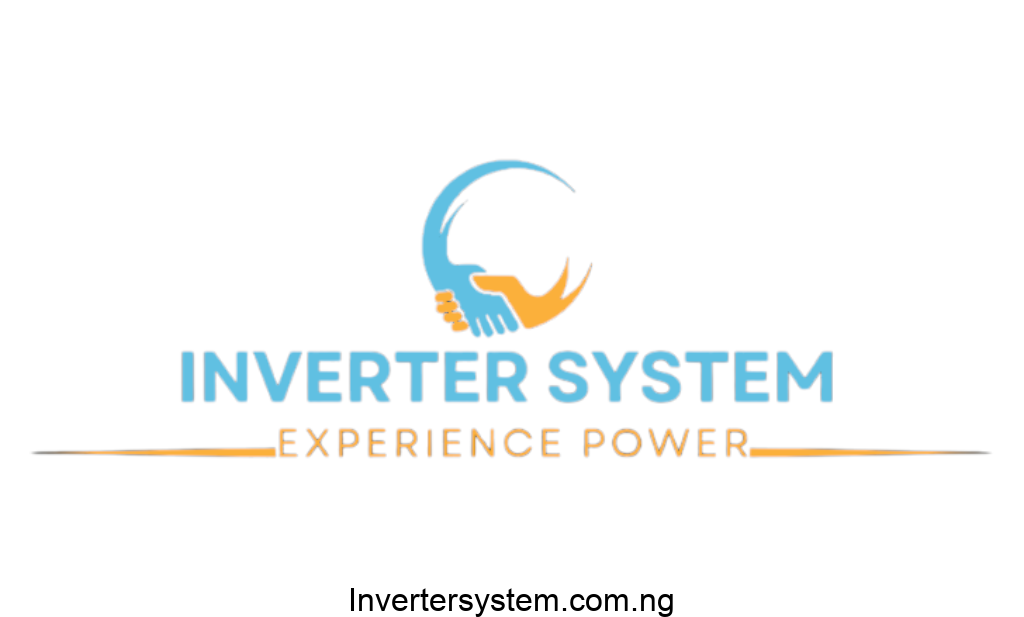Solar Inverter Cybersecurity: Protecting Your Energy System from Modern Threats

As the world increasingly shifts toward renewable energy, particularly solar power, the need for robust solar inverter cybersecurity has never been more urgent. Inverters are crucial for converting the electricity generated by solar panels into usable AC power. However, as solar systems become more connected to the grid and the internet for remote monitoring and management, they also become susceptible to cyber-attacks. These cyber threats can lead to significant financial loss, system failures, and even physical damage to infrastructure. Understanding how to protect solar inverters and solar power systems from these risks is key to ensuring their ongoing functionality and security.
Solar Inverter Cybersecurity
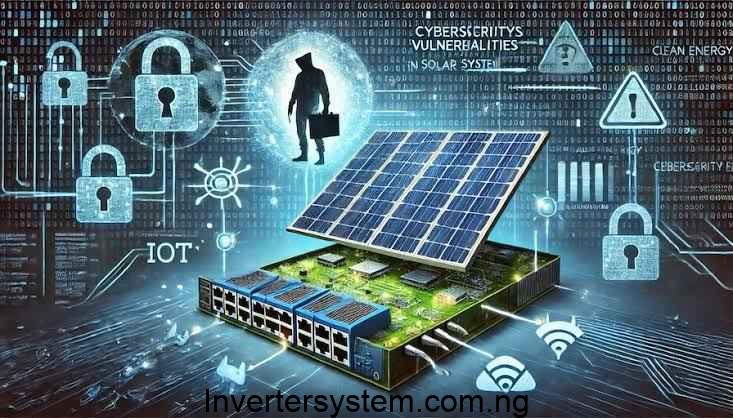
Solar energy systems, particularly those involving solar inverters, are complex networks that rely on advanced technologies to manage the production and distribution of energy. With the rise of Distributed Energy Resources (DER), which allows for more decentralized control and integration of solar systems into the broader energy grid, the security of these systems becomes even more critical. Cybersecurity in energy systems is now essential to protect against the growing number of cyber-attacks targeting not just large-scale utilities, but also individual solar installations.
While the benefits of renewable energy are clear, the risks associated with connecting solar systems to the broader energy grid are often underestimated. Solar inverters are vulnerable to various cyber threats that could compromise system performance or cause widespread disruptions. This article explores the various threats, vulnerabilities, and protective measures to ensure the security of solar inverter systems.
Cyber Threats to Solar Inverters
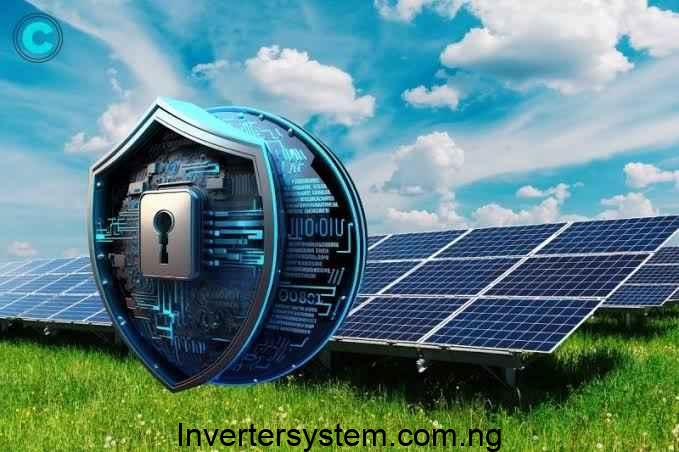
Types of Cyber Threats in Renewable Energy Systems
Cyber threats in renewable energy systems can take many forms, each with potentially devastating consequences. These threats can be aimed at compromising both the software and hardware components of the system. Common attacks include:
- Denial of Service (DoS): Attackers can overload a solar inverter or energy system, preventing it from functioning properly. By flooding the system with unnecessary data requests, they can render it incapable of processing genuine information.
- Data Breaches: Cybercriminals may attempt to steal sensitive data from solar systems, including user information, operational data, and financial transactions related to energy management.
- Command and Control Attacks: Hackers can take control of the inverter or other critical components, manipulating the energy output, shutting down operations, or even damaging the hardware.
The more interconnected solar systems are, the more points of vulnerability exist for cybercriminals to exploit. A cyberattack on a solar inverter could lead to cascading effects, disrupting energy production and leading to financial losses, security breaches, and even safety risks.
Cyber Threats to Smart Inverters and DER
Smart inverters, which use advanced algorithms to control energy distribution and integrate solar systems with the grid, are especially vulnerable to cyber threats due to their internet connectivity. In the case of Distributed Energy Resources (DER), which aggregate various renewable sources like solar, wind, and battery storage, these systems must communicate seamlessly with grid operators.
However, this interconnectedness introduces new vulnerabilities. Hackers can exploit weaknesses in communication channels, such as unsecured data transmission, to gain unauthorized access to control systems. For example, attackers could manipulate the flow of electricity between solar systems and the grid, causing instability or outages.
Cyber-Physical Security in Solar PV Systems
Cyber-physical security refers to the intersection of digital systems and physical infrastructure. In the case of solar PV systems, a cyber-attack could target the hardware components, such as the inverter, and manipulate its behavior remotely. These attacks can disrupt not only the energy flow but also damage critical equipment, leading to costly repairs and downtime. Cyber-physical threats emphasize the importance of securing both the software running on inverters and the physical devices themselves.
Key Vulnerabilities in Solar Inverter Cybersecurity

Vulnerabilities in Solar PV System Security
Solar PV systems are designed to be efficient and cost-effective, but this sometimes comes at the expense of security. Many systems still rely on outdated technology, which is inherently more vulnerable to cyber-attacks. Some common vulnerabilities include:
- Lack of encryption: Without strong encryption, the data transmitted between solar panels, inverters, and energy management systems is at risk of interception.
- Weak password management: Many systems still use default passwords or weak authentication methods, making it easier for attackers to gain access.
- Unpatched software: Solar inverters may not be regularly updated with the latest security patches, leaving them vulnerable to known exploits.
The lack of proactive cybersecurity measures increases the risk of attack, highlighting the need for regular vulnerability assessments to identify and rectify weaknesses.
Communication Security and Remote Monitoring Risks
As solar inverters become more integrated into remote monitoring systems, they rely on internet connections to relay operational data. While this connectivity provides convenience and operational efficiency, it also opens the door to cyber threats. Hackers can intercept unencrypted data streams or exploit vulnerabilities in communication protocols, gaining unauthorized access to control systems. Cloud-based solar monitoring platforms, while offering easy access, must also be secured to prevent remote attackers from compromising the entire system.
Firmware and Software Weaknesses in Inverters
Solar inverters run on firmware that controls their operations, and like any software, it can contain vulnerabilities. Without regular updates and maintenance, outdated firmware becomes a prime target for cybercriminals. Known security flaws in older versions of inverter firmware can be exploited to launch attacks, such as gaining remote control over the system or disrupting its functionality.
Protecting Solar Inverters from Cyber Threats

Cyber Hygiene for Energy Systems
Implementing cyber hygiene practices is the first line of defense against cyber threats. Basic steps like changing default passwords, using strong encryption for data transmission, and regularly updating inverter firmware can go a long way in securing a solar energy system. Training personnel on cybersecurity best practices also ensures that all stakeholders are aware of potential threats and how to mitigate them.
Vulnerability Assessment for Solar Systems
Regular vulnerability assessments are essential for identifying weaknesses in the system before attackers can exploit them. These assessments should cover both software and hardware components, including firmware, communication protocols, and physical security measures. By proactively identifying and addressing vulnerabilities, operators can greatly reduce the risk of an attack.
Data Encryption and Security Solutions
Data encryption is crucial for protecting sensitive information transmitted by solar systems. Encryption ensures that even if data is intercepted, it cannot be read or tampered with. Additionally, firewall protections, VPNs, and secure communication protocols should be used to secure the connection between solar inverters and energy management systems. These measures help protect against unauthorized access and ensure data integrity.
Advanced Security Solutions for Solar Networks
To stay ahead of evolving cyber threats, solar operators should implement advanced security technologies, such as intrusion detection systems (IDS), network monitoring tools, and security incident event management (SIEM) solutions. These technologies provide real-time alerts about suspicious activity, helping prevent attacks before they cause significant damage. AMI security is also essential in protecting metering and billing systems, which are often targeted by cybercriminals.
Strategies for Cyber-Resilience in Solar Power Systems
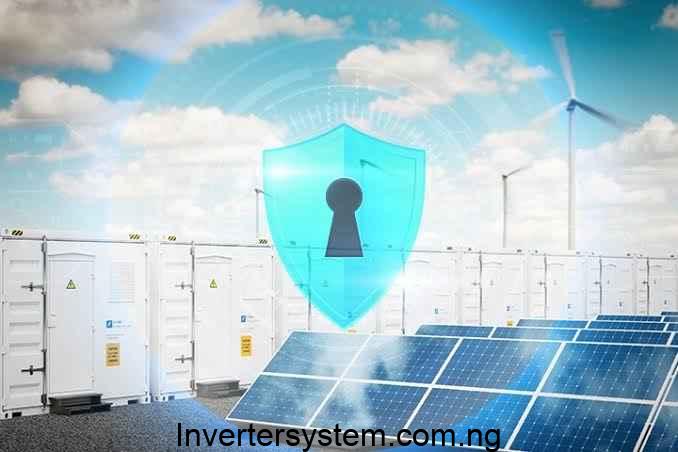
Cyber Resilience Planning for Solar Energy
Cyber resilience refers to a system’s ability to continue operating during and after a cyberattack. A cyber resilience plan for solar energy systems should include contingencies for maintaining service, restoring operations, and protecting critical infrastructure. By designing systems with built-in redundancy and failover capabilities, solar systems can better withstand attacks and minimize downtime.
Incident Response and Recovery for Cyber-Attacks
When a cyber-attack occurs, having a well-defined incident response plan is crucial for minimizing the impact. The plan should outline procedures for containing the attack, notifying stakeholders, and recovering affected systems. Regular testing of these response protocols ensures that the team is prepared and can act quickly to mitigate the damage.
Role of Continuous Monitoring and Security Management
Continuous monitoring of solar systems ensures that any unusual activity is detected early. Real-time data analysis and security management platforms provide an added layer of protection, enabling quick identification and response to potential threats. This proactive approach ensures that the system remains secure, even in the face of rapidly evolving cyber threats.
Advanced Cybersecurity Technologies for Solar Systems
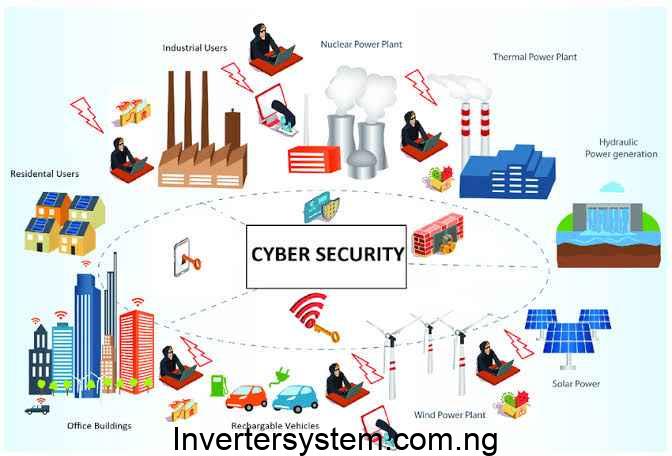
Artificial Intelligence and Machine Learning in Cybersecurity
Artificial Intelligence (AI) and Machine Learning (ML) are revolutionizing cybersecurity across industries, and the solar sector is no exception. These technologies can be used to analyze large volumes of data, identify patterns, and predict potential threats before they occur. AI-powered security systems can provide predictive security measures, helping prevent cyber-attacks on solar inverters and other critical infrastructure.
Cybersecurity and IoT in Solar Systems
The Internet of Things (IoT) has increased the connectivity of solar systems, but this also introduces new vulnerabilities. Securing IoT devices, such as sensors, smart meters, and monitoring devices, is essential for maintaining the overall security of the solar network. IoT security involves ensuring that all connected devices are properly authenticated and protected from cyber threats.
Power Electronics Security and Inverter Firmware Updates
To prevent cyber-attacks on the power electronics of solar inverters, it is critical to implement strong security measures around both hardware and software components. Inverter firmware updates should be performed regularly to patch security vulnerabilities and enhance system integrity. This ongoing maintenance is crucial to keeping systems secure in an ever-changing threat landscape.
Regulatory and Industry Standards for Solar Inverter Cybersecurity
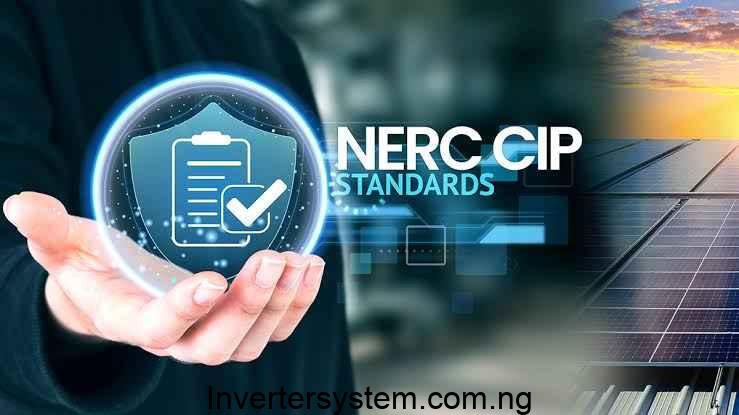
International Standards for Renewable Energy Cybersecurity
As the threat landscape evolves, governments and industry groups have developed standards and regulations aimed at protecting solar energy systems from cyberattacks. Adhering to these cybersecurity frameworks ensures that solar systems remain compliant and resilient. Key standards and frameworks for solar cybersecurity include:
- ISO/IEC 27001: This standard provides a framework for establishing, implementing, and managing an information security management system (ISMS), ensuring that organizations follow best practices for securing sensitive information.
- NIST Cybersecurity Framework: The National Institute of Standards and Technology (NIST) framework offers guidelines for improving cybersecurity risk management. It is widely adopted by utilities and energy sectors to strengthen cybersecurity posture and manage risks associated with renewable energy technologies.
- IEC 62443: A series of standards for industrial control systems, IEC 62443 provides guidelines for securing networked devices and operational technology, which is vital for securing solar inverters and associated systems.
Following these regulatory guidelines and standards helps organizations implement consistent, best-in-class cybersecurity measures that safeguard the integrity of solar energy systems.
Compliance with National and Regional Regulations
In addition to global standards, solar energy providers must comply with national and regional regulations regarding cybersecurity. For example, in the United States, the Federal Energy Regulatory Commission (FERC) and Department of Energy (DOE) have set cybersecurity guidelines for critical energy infrastructure. Similarly, in the European Union, the EU Cybersecurity Act and NIS Directive govern the protection of critical infrastructure, including solar power systems.
Regulatory compliance ensures that solar inverters and other components meet the necessary security requirements, reducing the risk of breaches and penalties. By staying up to date with local laws and international standards, organizations can mitigate the potential consequences of security breaches.
Protecting Solar Energy Systems from Lightning Strikes
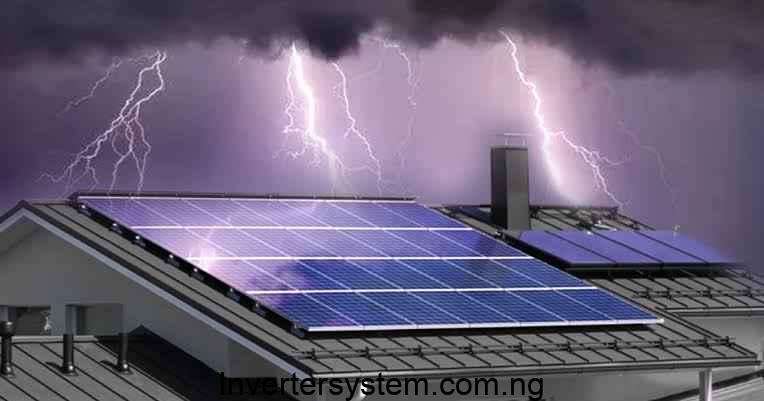
Can Lightning Strike Solar Inverters?
A common concern among solar energy system owners is whether lightning can strike solar inverters. While inverters themselves do not attract lightning, they can be affected by indirect lightning strikes. Lightning strikes nearby can induce a surge in electrical current, which can travel through power lines and damage sensitive electronic components like solar inverters.
Protective Measures Against Lightning Strikes
To prevent lightning-related damage to solar systems, certain protective measures should be taken, including:
- Surge Protection Devices (SPDs): Install surge protection devices at key points in the solar energy system to prevent high-voltage surges from reaching the inverter. These devices act as a buffer, redirecting excess energy to the ground.
- Grounding and Bonding: Proper grounding of solar panels, inverters, and all related equipment ensures that any lightning-induced electrical surge is safely discharged into the earth, protecting the inverter and other components.
- Lightning Rods and Air Terminals: Installing lightning rods on the roof or near the solar panel array can help direct a direct lightning strike to the ground, reducing the risk of system damage.
Proper installation of these protective devices is essential to minimizing the risk of lightning damage, ensuring the longevity of your solar inverter and the overall energy system.
Conclusion
Solar inverter cybersecurity is no longer a niche concern but a fundamental aspect of modern energy management. As solar power continues to play a crucial role in the transition to renewable energy, protecting solar inverters and other critical components from cyber threats is paramount. From preventing hacking attempts to safeguarding against physical damage, a well-rounded approach to cybersecurity will ensure the continued success and stability of solar energy systems worldwide.
By addressing the vulnerabilities in solar PV systems, adopting proactive cybersecurity measures, and staying compliant with industry regulations, solar energy providers can mitigate the risks associated with cyber-attacks. Whether through encryption, regular updates, or advanced security solutions like AI and machine learning, there are a variety of strategies to defend against cyber threats.
The future of solar power security hinges on our ability to integrate cybersecurity and renewable energy systems effectively. With the increasing reliance on smart inverters, distributed energy resources, and IoT connectivity, securing these systems against cyber risks must be a top priority for system owners, installers, and energy managers alike.
Now that you understand the importance of securing solar inverters against cyber threats, it’s time to implement these protective measures. Take action by investing in cybersecurity solutions, ensuring regular system assessments, and staying up to date with the latest standards. Secure your solar energy system today, and help shape a more resilient and reliable energy future.
